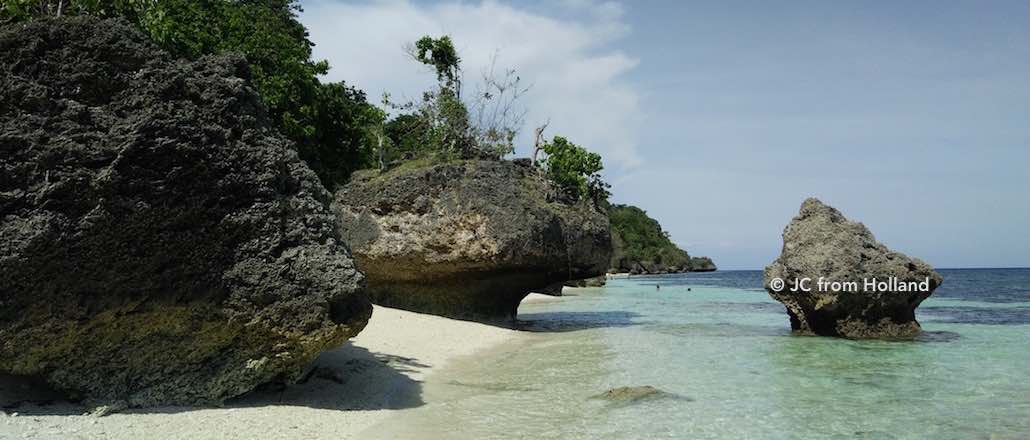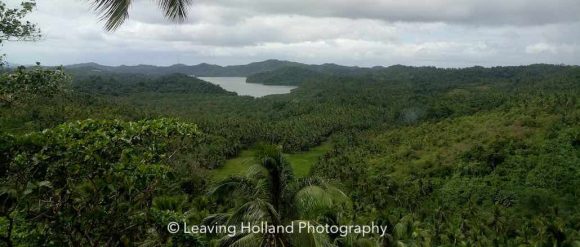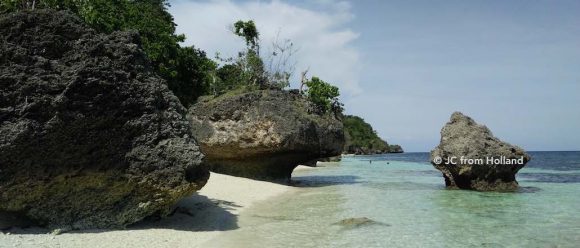
What is the best month to travel to the Philippines
Most people think living in the Philippines is an endless summer. But the Philippines being a huge archipelago gets its fair share of typhoons and rain.
So no endless summer for these islands. It is not even always hot. Some days it is pretty cold. And depending on where you are in the Philippines you actually might like to wear a coat or a sweater.
Visiting Baguio City for example temperatures can drop as low as 17º C.
The hottest months in the Philippines are April and May when school close and the Filipinos have their summer holidays.
During the hottest months temperature can rise easily above 35ºC and the sun is too bright to sunbath.
But even in between changing of the monsoon winds, the sun can be brutal and it can be very hot and dry. The outside temperature might be around 30º C. in between Habagat and Amihan (Usually in October) the feel temperature is easily 39º C especially when there are no clouds.
Roughly the Philippines knows only 2 seasons: the rainy season and the dry season. But the islands have different climate zones and even on one island it can rain in the north and be dry a few barangays further south.
The dry season starts in late November, early December and lasts until May. But even in the dry season, one can have a lot of rain. It all depends on which climate zone your location is in. And climate changes affect the weather in the Philippines severe.
The amount of tropical storms and typhoons is going up and the weather can be rather unpredictable.
It can rain for hours or even days in one area and be dry a few miles down the road.
I remember being stuck in Tacloban for days in January 2018, because of heavy rain and flooded streets while it is considered to be the dry season. We just got a long cold front and typhoon season. But during April and May one can expect the bluest of skies reflecting in the emerald oceans, making palm trees even look greener.
January:
The most popular month, if the year to visit the Philippines for the dry season, is at his peak. The cooler temperatures of January make it a nice month for day trips to cities and exploration of the inner lands.
January is an excellent month for the Banaue Rice Terraces, the Taal volcano, Baguio City, Vigan, and Ilocos Norte.
The South of the Philippines has the tail end of monsoon season and rough seaboards and for divers, this might not be the right time of year for many trips will be canceled in those areas.
February:
The sea temperature is going up around February and it is an excellent month for swimming, snorkeling, and diving. But for the rest, the month is more or less like January. Visitors of Palawan will find the underground river activities canceled a lot due to rough waters and island hopping might be difficult to do.
March:
March will raise the temperature in the Philippines easily up to 32ºC. El Nido, Mactan, and Siargao will have fully booked hotels and resorts. You can expect up to 8 hours of sunshine each day, although occasional rain may occur. Seawater temperatures are around 25-27ºC.

April:
Temperatures will go even up further in April, the dry season is at its peak and there will be less rain. Humidity will be very high in this month and it is nice to catch a sea breeze and cool off in the water. It is an amazing month to go swim in natural cold springs and waterfalls to cool down.
May:
May is more or less the same as April. It is hot, hot, hot, inflatable swimming pools, rings, and pink flamingos will be sold everywhere and the Filipinos live on the beach or soak in cold spring. It might be wise to take a nap around noon time. The end of May maybe a little wetter since the rain season is lurking around the corner.
June, July, August:
In June in the North, the rain starts, but around Cebu, it should stay dry. Occasional showers may bring some relief in the dry parts of the country. At the end of August, the typhoon season will start. Dost-Pagasa the national weather service will officially announce the start of typhoon season.
September:
This is the worst month to visit thPhilippineses. Throughout the country, one can expect a lot of rain and the weather can be very unpredictable due to the Typhoon season starting Cold fronts will enter the country and the Visayas region will be just as wet as the rest of the country.
October, November, and December:
By the end of October, most rains should have stopped. Although there is still the typhoon alarm that can be raised. The more one moves towards the end of the year, the lesser chance to typhoons. The Philippines yearly has around 20 typhoons, almost all of them occur in the months September to December.
Although with the climate changes and the influences of El Nino and La Nina the seasons in the Philippines can be very off, the above is generally the main weather structure. Although there are, like in any other country of the world, years that the rain is heavier, storms occur more often and the drought is more severe.
Temperatures in the Philippines, with the exception of Baguio city, will never drop below 20-25ºC, even on a rainy day
All information on this website is for free



